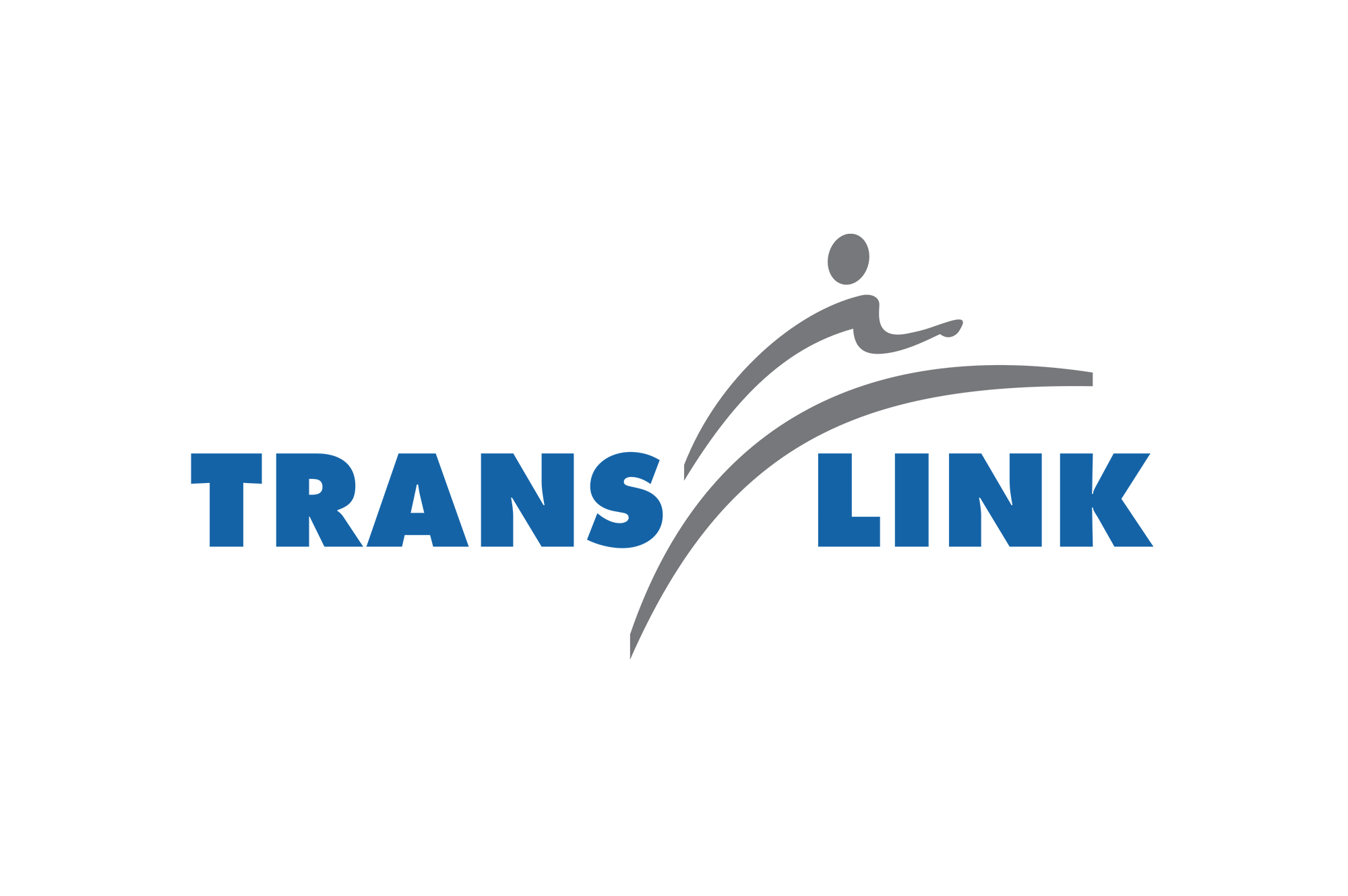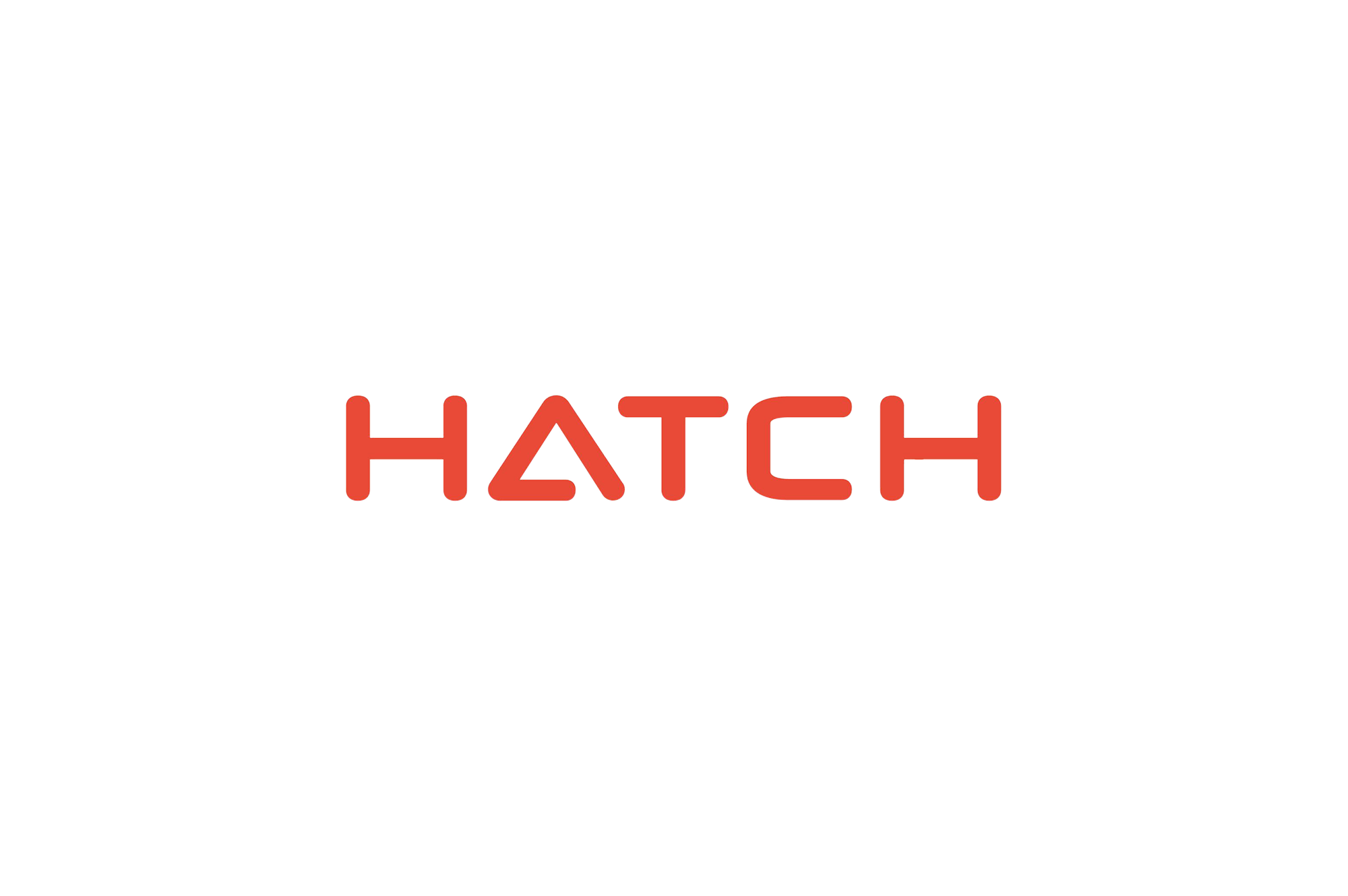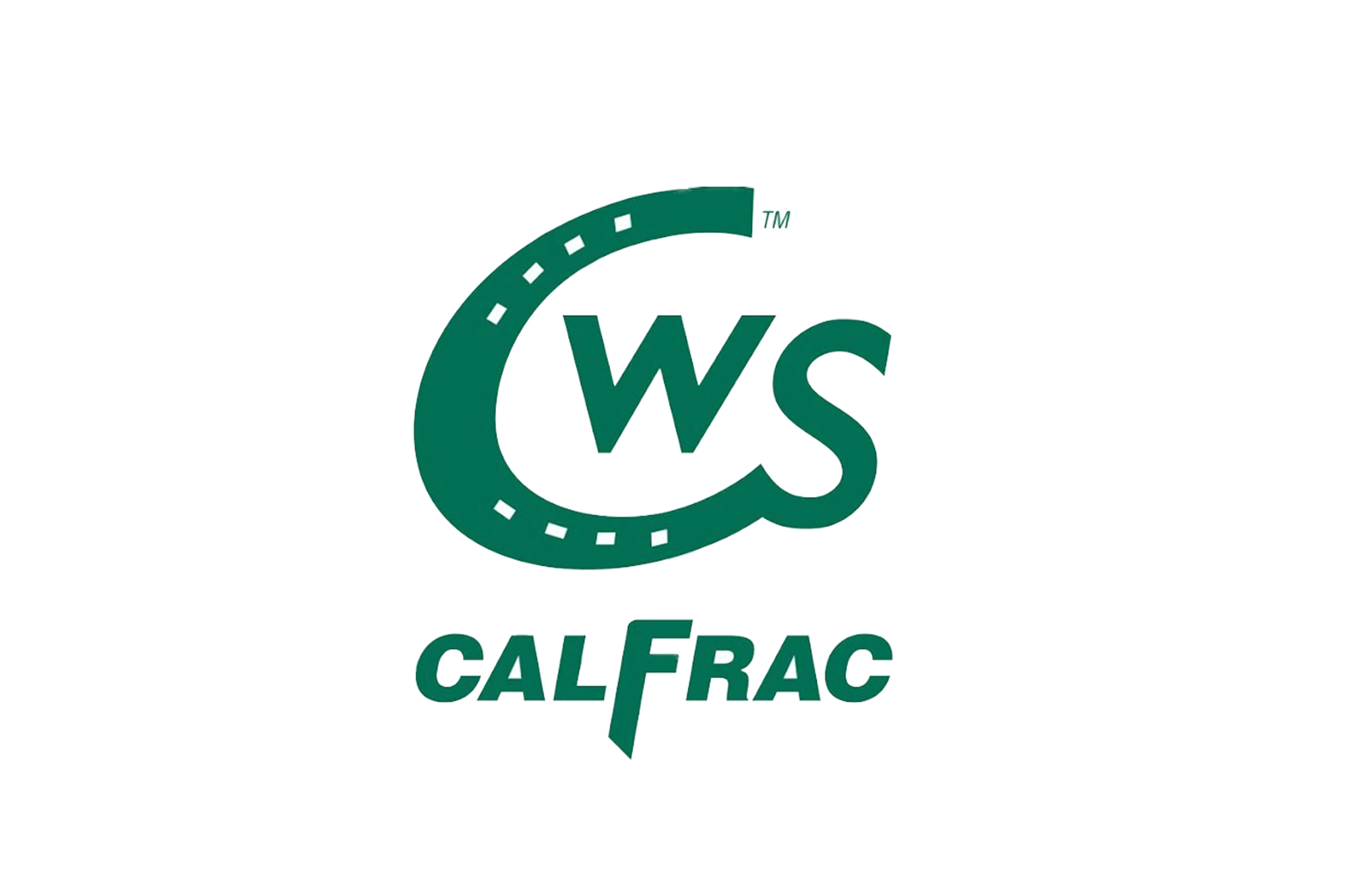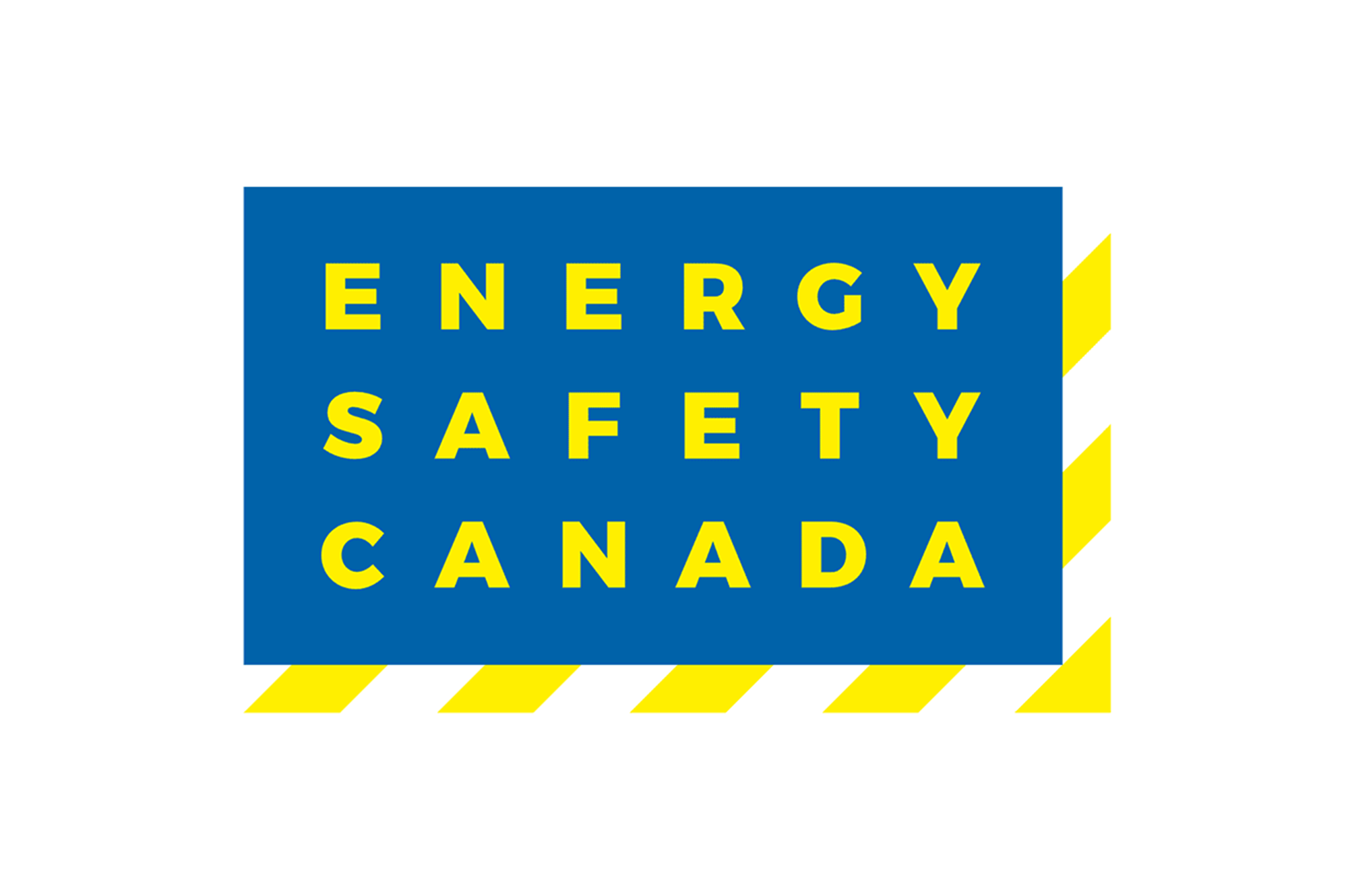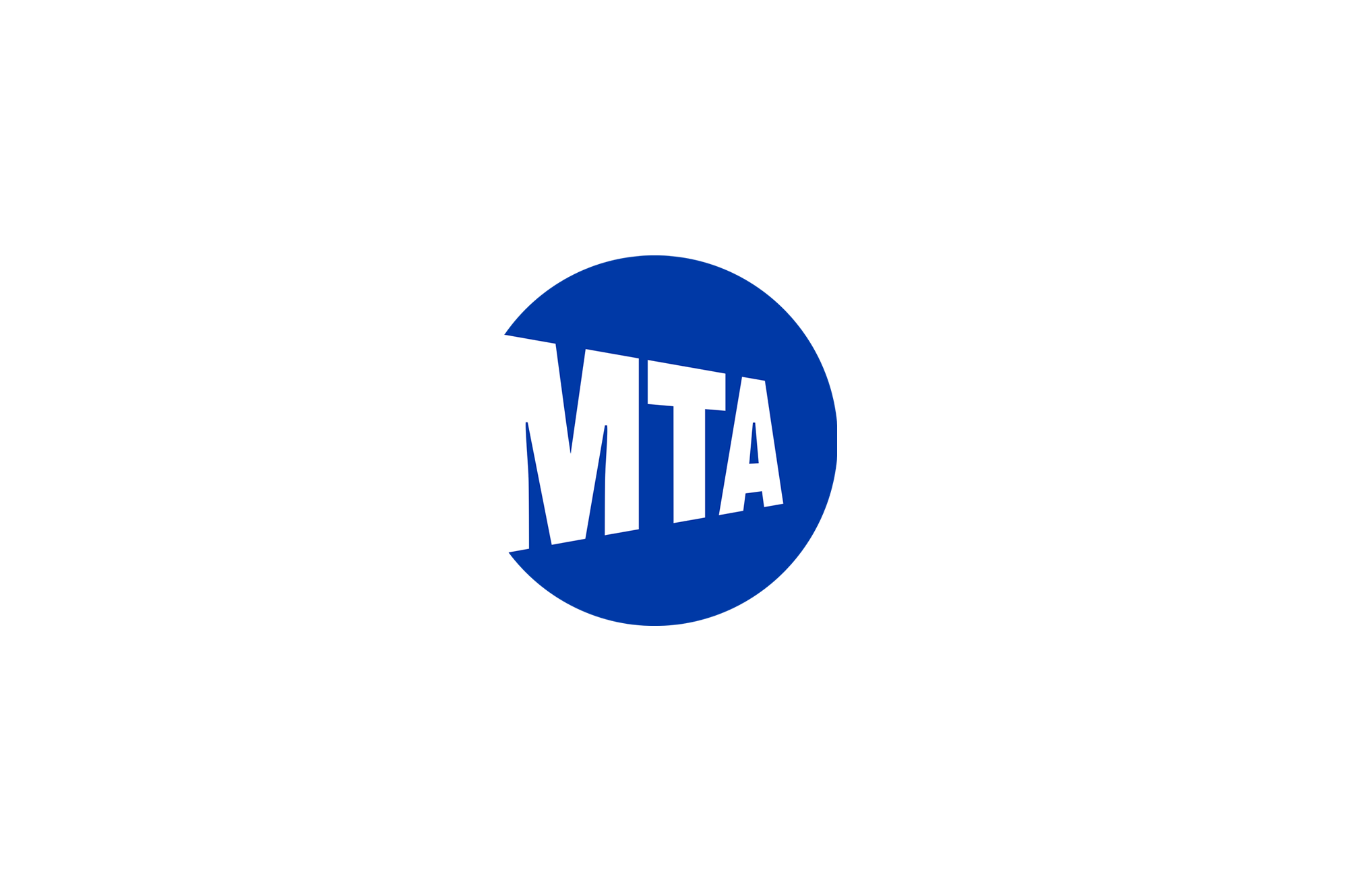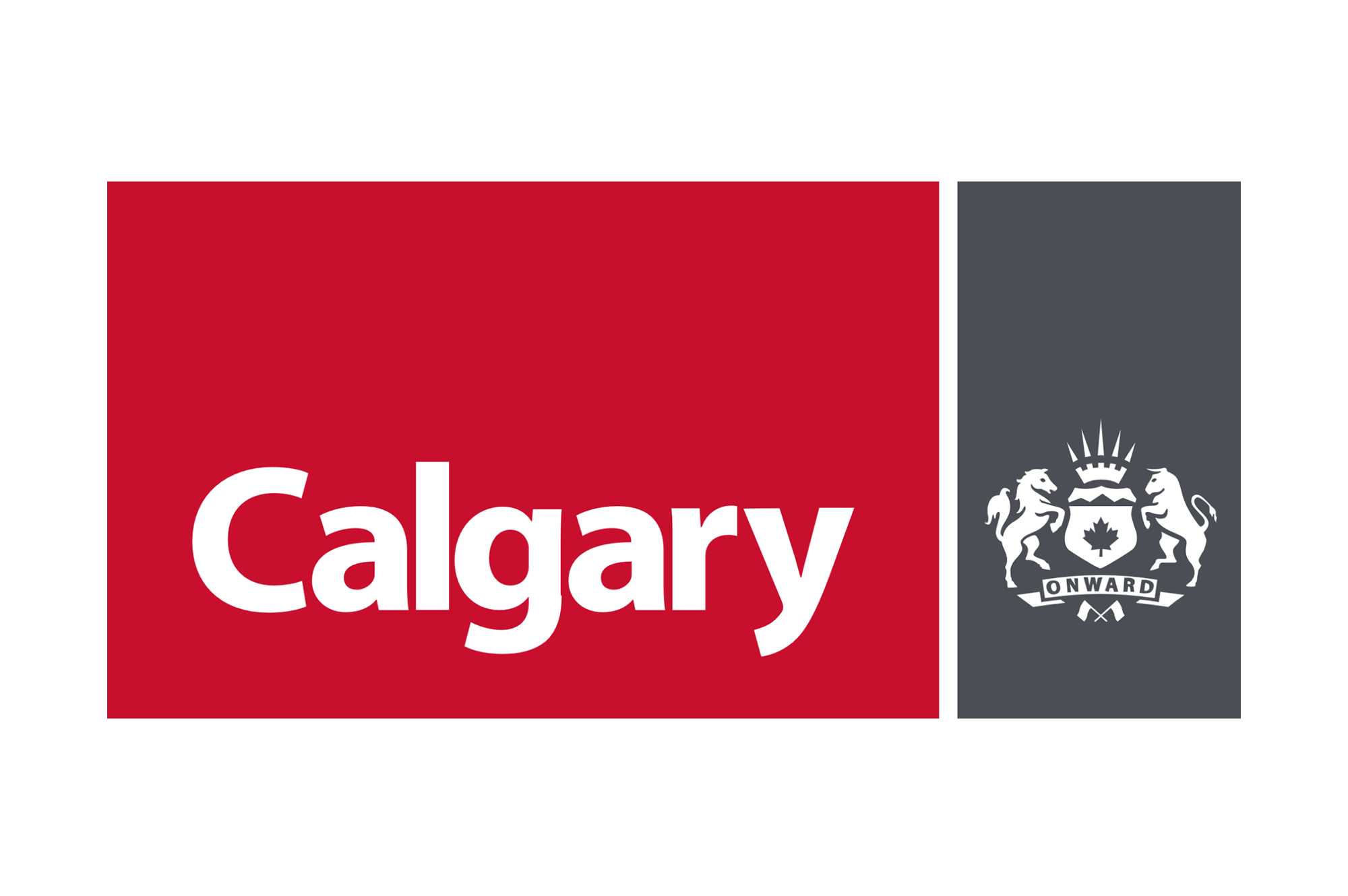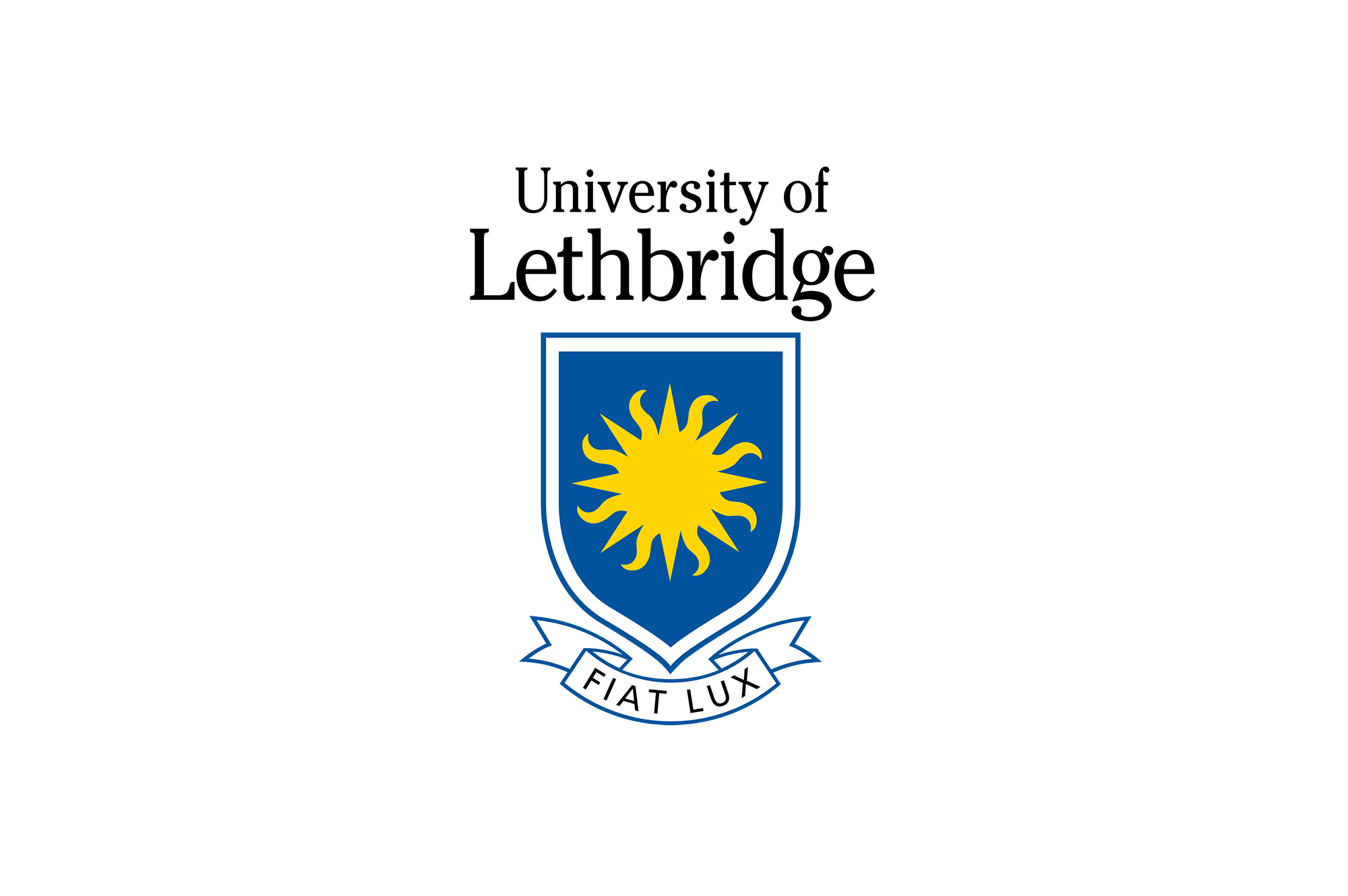BLOG
How does Upskilling and Reskilling transform your workforce?
Let’s examine how upskilling and reskilling transitions your workforce to the jobs of tomorrow.

Let’s examine how upskilling and reskilling transitions your workforce to the jobs of tomorrow.

As the world rapidly changes, so do the skills required for the jobs of the future. While governments and educational institutions are beginning to respond to the looming skills gap, businesses must also take steps to ensure their workforce is equipped with the skills needed to participate in the economy of the future. With many jobs moving out of the office due to the pandemic and globalization, many existing training programs have had to adopt different modes of delivery. However, some employees still feel less confident about having the skills to effectively do their jobs than they did before the pandemic.
This will ensure that businesses and employees prosper in the future. The World Economic Forum has identified upskilling as a critical need to address looming skills shortages. Studies show that employees, on average, will require two weeks to five months to gain new skills to move into new roles.However, transitioning to new roles can begin before they have attained the perfect skill set, opening up possibilities for mentoring, experiential learning, XR training, and more. In turn, with the right data about their business needs and their employees, businesses will be clear on the nature and amount of upskilling or reskilling required to address the disruptive forces of globalization, the pandemic, and rapidly evolving technology. As a result, investing in upskilling and reskilling has never been more important.
This series will share how upskilling and reskilling prepares your workforce for the jobs of tomorrow. But first, let’s define them.
If you haven’t heard the term “upskilling” before, you’re likely to become very familiar with it in the coming years. According to The World Economic Forum, upskilling is a critical global need to address looming skills shortages. As the workforce rapidly evolves, new combinations of technological skills, human skills, and approaches to learning are becoming necessary. Upskilling refers to teaching workers new skills to close talent gaps, but it’s much more than that. It means committing to continuous learning, as the pace of change that requires upskilling is only going to accelerate.
On the other hand, reskilling refers to employees learning new skills that allow them to work in different jobs than the ones they currently have. While it addresses the skills shortage and demands the same commitment to continuous learning, it means that employees are retraining, potentially stepping away from careers that they love. There may be a significant human cost to reskilling, but being driven out of the workforce because their existing skills are no longer required will have a greater cost. The World Economic Forum has projected that 54% of current employees will need “significant reskilling by 2022”. So for most of today’s workers, reskilling isn’t a question of if, but rather when.
When it comes to building your dream team, having the right people with the right skill set is essential. But what exactly is a skill set? It’s a combination of knowledge, experience, and abilities that enable someone to excel in a particular job. For example, an IT professional’s skill set might include both soft skills such as communication, collaboration, and critical thinking and hard skills like cybersecurity, networking, and JavaScript. Competencies are another way to understand the skills required for a job. The Canadian Government defines competencies as a combination of personal attributes, skills, and knowledge necessary to fulfill the requirements of a particular job. By understanding skill sets and competencies, you can better position yourself for successfully building a team in today’s ever-changing job market.
As you lead your organization to the next phase of your company’s strategic goals, you may need to redefine roles and skills needed for your teams. To support employees who may need to reskill in choosing a new profession, the concept of a global taxonomy of skills has been introduced. A global taxonomy takes existing job roles and has them broken down into required skill sets to be compared with new professions to find similar skill requirements. At the industry level, organizations have defined proficiency levels for top emerging skills to identify learning needs and gaps for potential reskilling. By categorizing skills in a clear and organized way, employers can identify candidates who possess the specific competencies they’re looking for.
But what exactly are competencies? According to The World Economic Forum, competencies can be understood as the “collection of skills, knowledge, attitudes, and abilities that enable an individual to perform job roles”. This means that rather than viewing jobs as defined roles, they should be understood as a set of competencies. By identifying the specific competencies required for a job, employers can more easily match candidates with the right skill set and ensure that they have the tools they need to perform the job successfully. Ultimately leading to more diverse and equitable hiring practices, as employers will be better equipped to identify candidates with a range of skills and experiences.
As the jobs required in the modern era shift, so will the need for equipping your workforce with the skills to prepare for this transition. Taking a proactive approach to elevating the skillsets of your workforce will enable the ability for you and your workforce to have a win-win situation.
Ready to elevate your upskilling and reskilling strategy? Connect with one of our experts today to learn more.
Or read our Upskilling and Reskilling White Paper!



